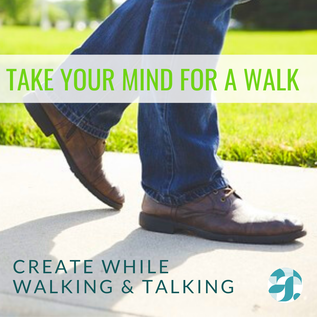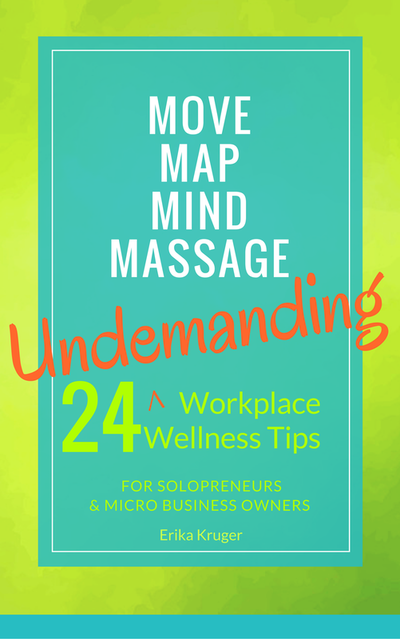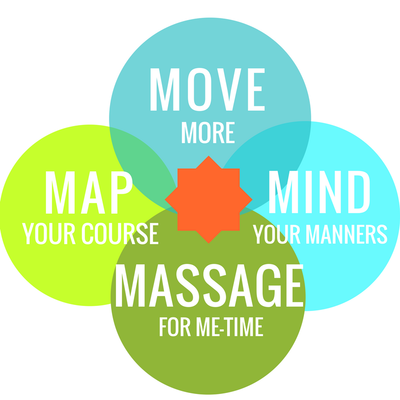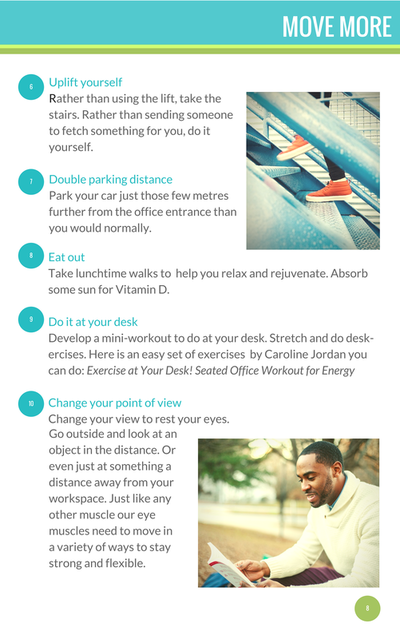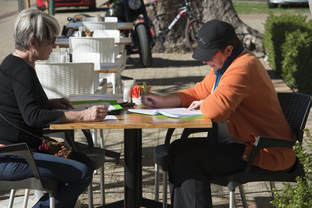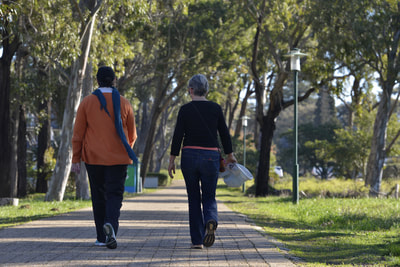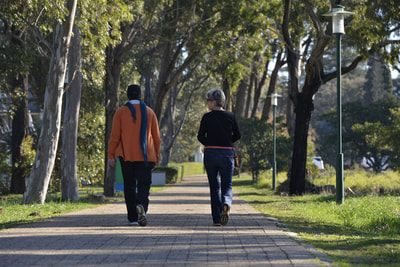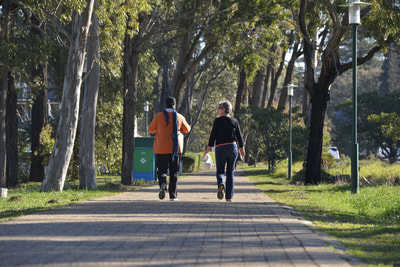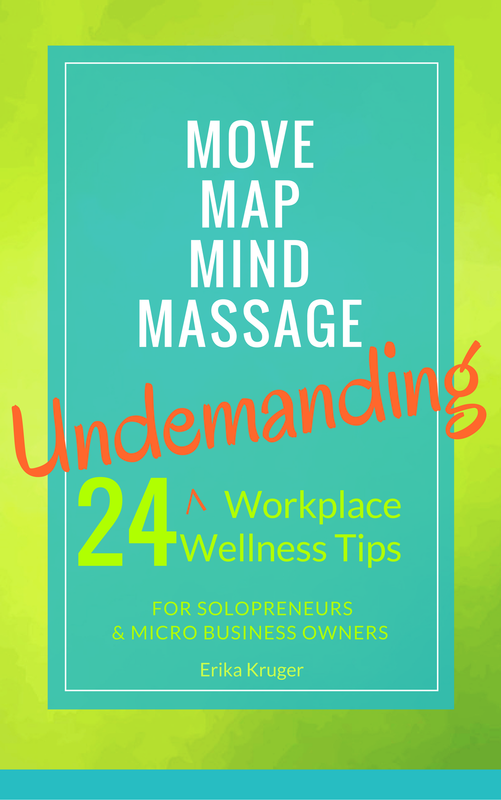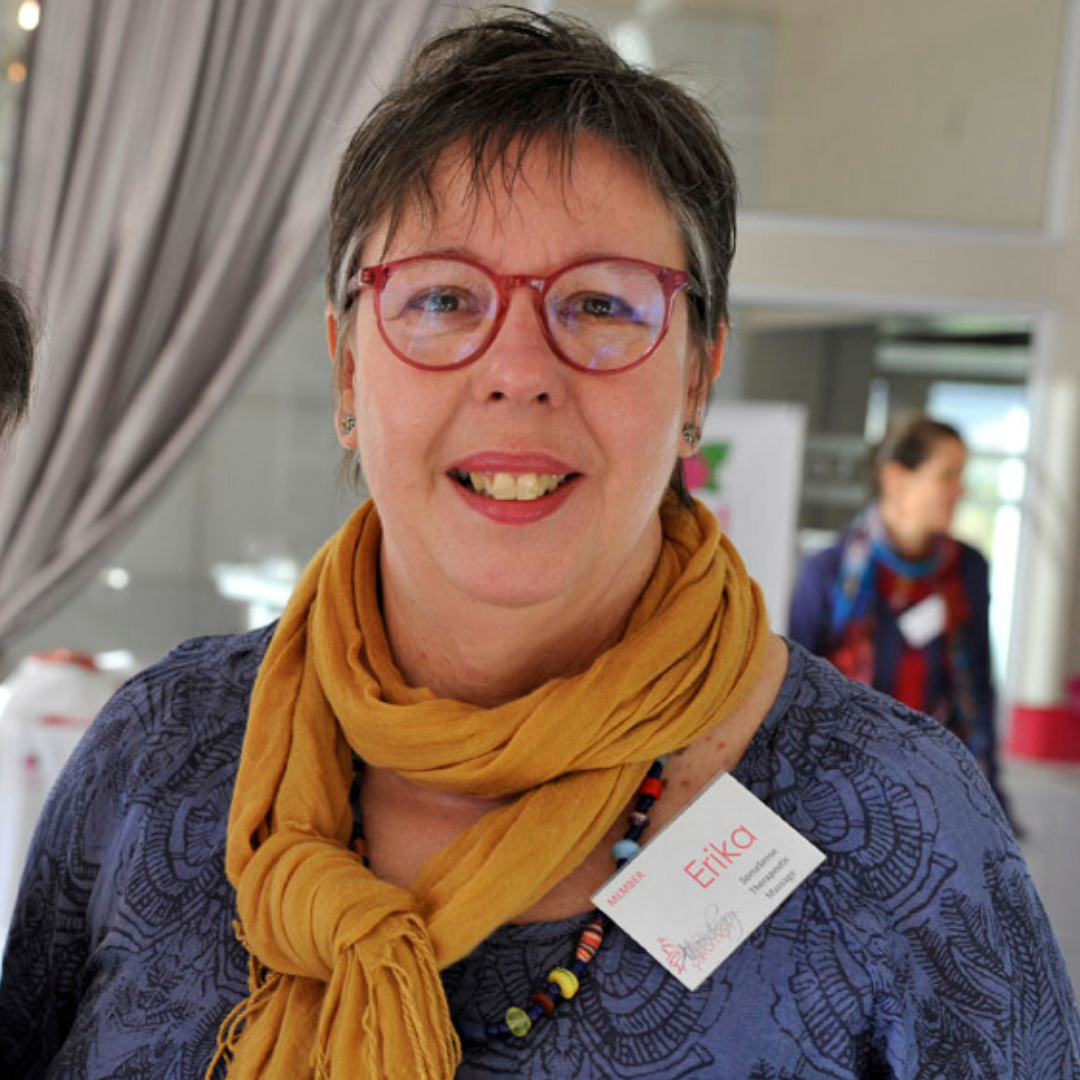|
Let’s walk and talk, my friend and business coach, Karon Wiercx suggested the other day as we were making our next appointment.
Until then we have always sat down as we chatted and worked through the Consciousness Coaching protocol she uses. But Karon had this idea to combine coaching and walking.
A few years ago she had walked the Camino de Santiago and the experience had made a huge impression on her and eventually led her to take up coaching as a career.
At the time that she invited me to walk and talk, Karon was preparing to address the Xtraordinary Women's Holistic Chapter, Somerset West event on how her experiences as a pilgrim and the Consciousness Coaching process intersects. This talk had been her inspiration for becoming The Walking Coach. I was keen to give it a go. I love my discussions with Karon and I appreciate her her ability to guide me towards success. I also love walking. Not hiking so much but a steady, gentle stroll, I find is very good for clearing the mind. And I love being outdoors. But above all I viewed the invitation as a good omen for the E-book I have just published. In the book called 24 Undemanding Workplace Wellness Tips, which you can download free of charge from my website, I emphasise the importance of moving and finding easy ways to incorporate movement in the working day. One of my suggestions is to take walking meetings. So here was an opportunity to practice what I preach.
We set off for the 3,5 kilometre walk around the Paardevlei dam after completing the check-in session at the Lorenzo Marx coffee shop (For more on the process see Karon's website).
WE HAVE A WINNER ... AND THIS IS WHY
And why did I enjoy it so much? Here is what I came up with:
HOW DOES IT WORK, THIS WALKING AND TALKING THING? But what exactly is it that happened in our bodies and brains as we walked around the dam? Well, it seems people have been walking and talking since antiquity, in fact it is a phenomenon which probably developed as our thinking brain advanced. An article in Frontiers in Public Health argues that ‘motor and cognitive processes are functionally related and most likely share a similar evolutionary history'. Some brain regions integrate both motor and cognitive functions. Many studies have been done to establish why we pace when thinking and how it works for us. A Stanford study has shown that creative thinking improves while a person is walking and even shortly thereafter. And it doesn’t matter if we walk indoors on a treadmill or outdoors, or even in a bustling street. It seems that the act of walking rather than the environment makes the difference. 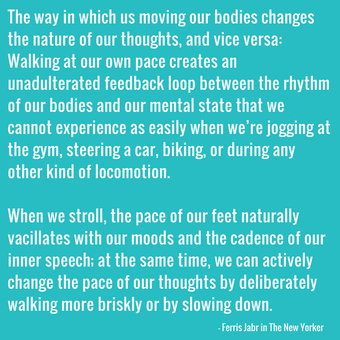
But why? These researchers considered :
1. Biological factors This includes increased heart rate and improved blood flow to muscles, organs and also the brain. 2. Improved mood We know that physical exercise enhances our mood and that a positive mood has been linked with improved divergent thinking which generate creative ideas by:
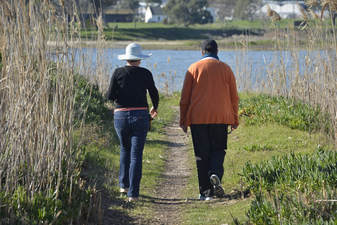 Coaching with Karon at the Paardevlei dam. Coaching with Karon at the Paardevlei dam.
3. Cognitive mechanisms such as memory attention
As Ferris Jabr in The New Yorker explains, because we don't really have to think about the act of walking, it leaves our attention free to wander; 'to overlay the world before us with a parade of images from the mind’s theatre.' This, he says, is precisely the kind of mental state that studies have linked to innovative ideas and strokes of insight. Walking on a regular basis 'also promotes new connections between brain cells, staves off the usual withering of brain tissue that comes with age, increases the volume of the hippocampus (a brain region crucial for memory), and elevates levels of molecules that both stimulate the growth of new neurons and transmit messages between them.' As the Stanford researchers also showed in their study, walking has a strong influence on the expression of associative memory or our ability to learn and remember the relationship between unrelated items. People in the study came up with more ideas and these ideas tapped into the person’s unique associative network. When there is a premium on generating new ideas in the workday, it should be beneficial to incorporate walks. - Marily Oppezzo and Daniel L. Schwartz Stanford University
They admit that more work has to be done on the link between walking, thinking and talking but conclude that walking is an easy-to-implement strategy to increase appropriate novel idea generation’ and combating the physiological effects of a sedentary lifestyle.
And they warn that schools and other learning institutions’ favouring the mind over the body and ‘seated academics’ over physical education, are ignoring the tight interdependence between body and mind. And I couldn't agree more. So get walking to improve your physical,mental and emotion health.
5 Comments
This was very informative.
Reply
7/24/2024 01:16:55 pm
The impact of a dispute resolution advisor on our team’s dynamics has been profound. Their skillful mediation and fair handling of conflicts have led to better communication and a more unified team.
Reply
Leave a Reply. |
Erika KrugerI am Erika Kruger, self-care skills trainer & mentor. I am here for every person who realises that their wellbeing is THEIR business. Categories
All
|

